Journey through Oregon’s vineyard cycle.
By Kai McMurtry
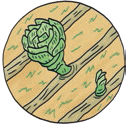
Bud Break | March–May
The raw material for each grape begins as a “bud,” and bud break signals the start of the vineyard’s growth cycle. While it varies by location and climate, Oregon bud break moves south to north in mid-March through early May.
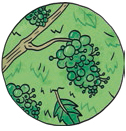
Flowering & Fruit Set | May–June
About 30 days after bud break, small clusters of flowers called inflorescences stretch out before being self-pollinated. Each fertilized flower turns into a grape berry, a process known as fruit set.
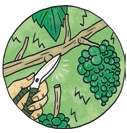
Canopy & Crop Management | June–September
Oregon’s grapevines receive an average of 15 hand touches each vintage to position grape clusters, remove unwanted leaves and fruit, and ensure balance between vine vigor and berry ripeness.
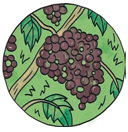
Veraison | August
Veraison begins the final stage of grape development and settles in Oregon around August. Skin color changes, sugar accumulates, acid declines, and berries double in size. Veraison signals the final countdown to harvest.
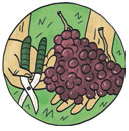
Harvest | September–October
Ripeness, the primary criteria for harvest, varies. Fruit intended for sparkling wine comes in first, followed by whites and then reds. Vintage variation can push harvest into August or October.
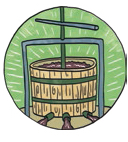
Crush & Fermentation | September–Ongoing
As fruit comes in, some is destemmed first and some is pressed whole cluster. Some of the resulting juice is directed into steel tanks, some into oak barrels, and some into clay amphorae among other options.

Winter Dormancy | December–February
Over winter the bare vines are pruned and the vineyard is prepared for the coming vintage and new growth.


